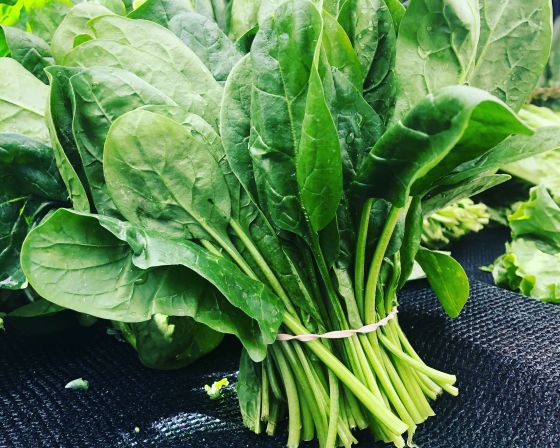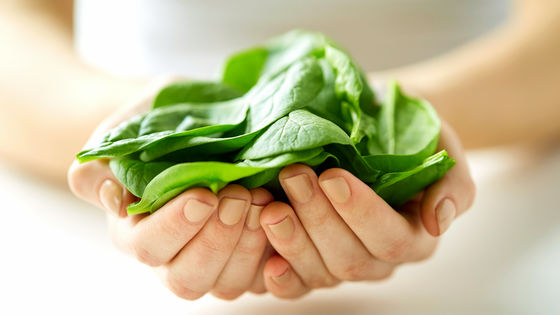'Spinach' could be the key to lowering fuel cell costs

Spinach Gives Fuel Cells a Power Up --IEEE Spectrum
https://spectrum.ieee.org/energywise/green-tech/fuel-cells/spinach-gives-fuel-cells-a-power-up
Platinum is used as an electrode catalyst in practical fuel cells to achieve high power generation efficiency. However, since platinum is rare and expensive, the fuel cell itself becomes expensive, which has hindered the spread of fuel cells. Many researchers have researched alternative catalysts to platinum to reduce costs, but they are not cost-effective and most have not been put to practical use.
Meanwhile, the research team of Mr. Elephant and others selected 'spinach' as an inexpensive alternative to platinum. Elephants and colleagues are conducting research to produce high-carbon catalysts that can be used in fuel cells, based on spinach purchased at a local supermarket.
Elephant says spinach was chosen from a number of sources because of its high iron and nitrogen content. Another reason is that spinach is a renewable biomass resource. “Spinach is clearly cheaper to obtain than platinum and is not difficult to grow and grow. Sustainability is a very important factor we think of,” says Elephant.

Spinach-based catalyst production is partly a recipe for making smoothies, Elephant said. To use spinach as a catalyst, first wash the fresh spinach leaves, put them in a blender to make them liquid, and freeze-dry them. Next, melamine was added as a nitrogen accelerator to the lyophilized product that was crushed into powder. Furthermore, sodium chloride and potassium chloride are added, and the catalyst is manufactured by thermally decomposing it several times at a high temperature of 900 degrees to form
According to Mr. Elephant, by adding sodium chloride and potassium chloride, the nanosheet can obtain porosity with many small holes. Due to this porosity, it is said that it has realized the property of being able to permeate the oxygen required for fuel cells.
While the spinach catalysts are promising, the research team of Elephant et al. Claims that the road to practical use is long, 'the research so far is only a proof of the principle.' 'You have to be very careful when talking about practical research, because even if you show good results in the experimental stage, they can get worse when implemented on a real device.' Commented Mr. Elephant. It seems that there are a number of issues that need to be resolved for practical use.

One of the challenges is sustainability, which Mr. Elephant emphasized. Since high heat of 900 degrees is required to produce spinach catalysts, the generation of heat leads to the emission of carbon dioxide, so improving energy efficiency during the production process is an issue. Another issue is that the closer the hydrogen ion concentration is to alkali, the higher the performance of the spinach catalyst is, but the closer it is to acidity, the less efficient it is. Maintaining the efficiency of spinach catalysts is also an issue regardless of the hydrogen ion concentration.
Elephant's research team has already completed a prototype of the spinach catalyst, and has reached the stage where it is about to actually test the spinach catalyst in a fuel cell. However, Mr. Elephant said, 'My laboratory does not have enough expertise to carry out the test,' he said honestly. “Spinach catalyst testing is a necessary step, so we're thinking of collaborating with other groups and accumulating more expertise across the research team,” says Elephant.
Related Posts:







